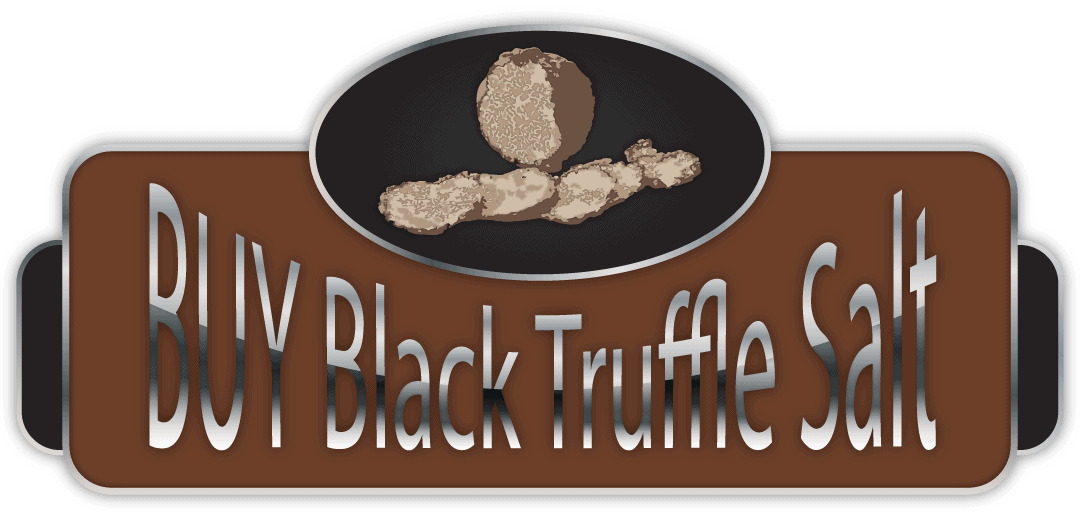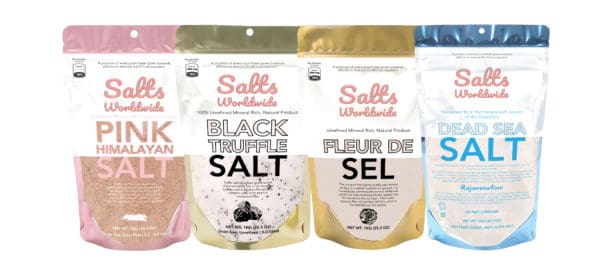
If you’re buying table salt, you may be wondering about what you’re actually getting. In this review of salts worldwide, you’ll find out what’s in your typical table salt. Read on to learn about its different types, non-nutritive minerals, microplastics, and more. Then you can decide which salts are right for you. And be sure to check out the reviews of table salt for your favorite recipes!
Table salt
The mineral content of pink salt was evaluated using descriptive statistics and one-way analysis of variance to identify differences between samples based on color intensity and form. The mineral content of table salts in Australia and the United States were both less than 0.1 mg/kg (SDT). The study also found that the mineral content of pink salts was significantly lower than that of white table-salt. Although the study’s findings are interesting, there is no clear consensus on whether pink salts are nutritionally superior to white table salt.
Natural salts are usually a fine-grained, hygroscopic form that is used in most recipes. Some are fortified with iodine and have anti-caking agents added to prevent the crystals from clumping. Its crystal size is uniform, making it ideal for use in recipes that require volume measurements. In addition, salt powder is even finer and blends well into recipes, resulting in an even uniform taste.
The amount of pink salt consumed per day should be kept to less than five grams. However, it is recommended that you limit your consumption to below the nutrient reference levels for Australia and New Zealand. In addition, varying amounts of toxic heavy metals may also contribute to poor health outcomes. The best way to avoid excessive amounts of salt is to eat a well-balanced diet, including plenty of fruit and vegetables.
While unrefined salt is superior to table, unrefined salt contains higher levels of essential minerals and is not as expensive as other forms of salt. While eating healthy, salt remains essential for health and cooking. While different types of salt have different properties, all are healthy in moderate amounts. Salt is essential for health but should not be compared to sugar, which can lead to obesity or kidney problems. It is not recommended to compare sodium content of different types of salts, but it is important to choose the one that is right for you and your food’s nutritional needs.
Various kinds of table and sea salt have different price and size options. The smaller sizes are based on the assumption that most consumers do not buy salt in bulk and therefore purchase smaller amounts of salt. The price per 100 grams is also presented. This price information is useful for consumers who want to compare the cost of various types of salts. But, be careful if you choose not to buy large quantities of salt because the price difference might be detrimental to your health.
Non-nutritive minerals in table salt
There are many variations of table salt, and the amount of non-nutritive minerals they contain varies widely. One study found that a Peruvian pink salt sample contained a high level of lead, 130 times higher than the FSANZ maximum contaminant level. Lead and other non-nutritive minerals do not break down in the body, and therefore may have adverse effects on the health of human beings when they are consumed through food. These non-nutritive minerals can cause acute and chronic symptoms, such as compromised bone health, gastrointestinal discomfort, respiratory distress, and kidney function. Long-term effects of lead may include cognitive decline, cancer, and kidney dysfunction.
Sodium chloride, commonly referred to as table salt, is a mineral found in nature. It is naturally present in the ocean, and in its crystalline form is called halite or rock salt. The open ocean contains 35 grams of solids per liter. The salinity level of this salt is around 3.5%. Although sodium is a necessary mineral, too much of it can lead to health problems, including dehydration and high blood pressure.
One study in Australia evaluated the mineral composition of pink salt sold in retail outlets, and considered the implications for public health. Its authors coded the intensity of the color, as well as the country of origin, and used mass spectrometry to analyze the mineral composition of the salt. The salt samples were compared with iodized white table salt as a control. In this study, the amount of non-nutritive minerals in pink salt was found to be significantly higher than in iodized white table salt, making it more healthful than iodized white table.
One sample of pink salt contained higher levels of lead than the national maximum permissible limit set by FSANZ and NRV. The results of the study revealed that one teaspoon of pink salt had small amounts of all nutrients, while the amount of sodium was above the maximum permissible level. The high sodium content of this salt would likely counteract any potential health benefits of the higher nutrient content. Further, the study showed that a Peruvian sample contained higher levels of lead than the maximum permitted contaminant level, making it less suitable for consumption.
Microplastics in table salt
A new report published by National Geographic found that microplastics were present in 36 of 39 brands of table salt. Microplastics in table salt are a direct result of plastic pollution in the oceans, the researchers noted. In the study, salt samples were collected from 21 countries, including China, France, and Taiwan, and they were analyzed for plastics. In general, salt samples from these countries showed the least amount of microplastics.
This new study examined the levels of microplastics in about 90 percent of packaged food-grade salt, also known as table salt. The scientists, from Incheon National University in South Korea and Greenpeace East Asia, tested 39 brands of table salt harvested in 21 countries. They found fewer microplastics in salts harvested from lakes, while those extracted from underground deposits contained the most. The study was published in the Environmental Science and Technology journal.
Another study found that hyenas ingest microplastics in the garbage of a city dump in Mekelle, Ethiopia. Human waste is littered with plastic bits and discarded bones. In addition, an average person consumes about 2,000 microplastic particles a year through table salt. However, there are still many questions about the effects of this microplastic pollution on human health. The research team believes that consuming microplastics in table salt is only a small percentage of the total amount of microplastics we consume.
To further investigate the effects of microplastics on human health and the environment, scientists looked at salt samples collected from several countries around the world. Researchers used Fourier Transform Infrared Spectroscopy (FTIR) to identify the plastic polymer types and thereby determine whether microplastics are present. The results of these studies were available in the Supplementary Appendix S1.
The results of the study indicate that the presence of microplastics in table salt may be widespread. In addition to the findings, there are several limitations in the study. First of all, the authors used samples from different countries, and they extrapolated a global pattern by comparing MP levels between different continents. However, the study’s results are presented only in figures, making them not reproducible or further analysis necessary. Second, the authors concluded that despite the lack of a clear pattern, the levels of MP are similar among countries.
Cost of table salt
The price of table salt varies across countries. The average price per kilogram is EUR 0.16, and a tonne costs about US$ 161.9. The price per mole is about Rs. 6 per kg. The price is higher in the US, but still much cheaper than in Europe. In the EU, the price of table salt is just over a euro. If you buy your salt at a local supermarket, expect to pay about Rs. 68.
Pink Himalayan salt can cost anywhere from 35 cents to a dollar an ounce. This salt is a splurge but many people are enjoying its benefits. While it costs more, the quality is far superior to ordinary table salt. Unlike table salt, pink Himalayan salt is coarser and comes in smaller packets. You can find it at specialty spice shops for about the same price. There are more varieties, and you can get a smaller package if you like.
Salt is an essential ingredient in cooking and is a staple in many households. A pinch of salt in your cooking can add a hint of flavor and taste to your food. It also helps to reduce the risk of developing certain illnesses. If you’re concerned about the cost of table salt, check the labels of common table salt products. You’ll want to make sure you’re getting the highest-quality table salt possible, so you can cook a great meal.
Salt is a mineral rich substance found in the earth. Most of the salt we buy comes from mines. The most expensive salt is made from mined salt, but it’s still cheap compared to other alternatives. It’s also easy to make salt from Newfoundland sea water. It’s also healthier, with less minerals than regular table salt. The best salt for baking and cooking is iodized. The fine grains are better for baking.


Recent Comments